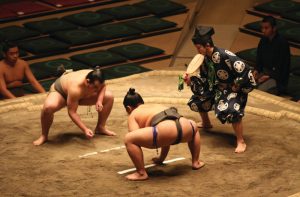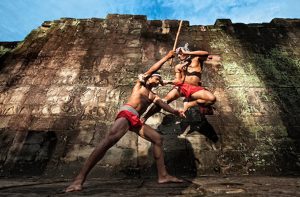 The Art of Bokator in Cambodia
The Art of Bokator in Cambodia
Bokator is considered one of the oldest existing fighting forms in Cambodia. It’s believed to be the predecessor of all Southeast Asian fighting forms and is revered for its ‘weapons techniques’. A deadly fighting tool, bokator was said to be the soldier’s art of the Angkorian armies, crafted to be used on the battlefield. Bokator depictions are even inscribed on the walls of Angkor Wat temples.
The term bokator translates to “pounding a lion”, where you extensively “pound” the opponent with your elbows, knees, shins, feet, hands and head. However, the lessons you take today don’t feature such brutal tactics. Clients start their lesson learning two fundamental steps that define the underlying base movement of all bokator techniques. Following these base movements they learn a variety of attack maneuvers using their limbs. Then it’s time to learn defense positions to provide an all-round basic understanding of the effectiveness of bokator.
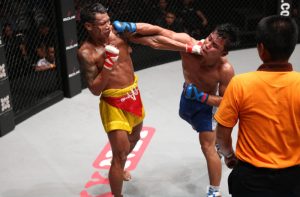 Myanmar Boxing at a Champion’s Gym
Myanmar Boxing at a Champion’s Gym
Myanmar boxing, known locally as lethwei, is a full contact combat sport from Myanmar that uses stand-up striking along with various clinching techniques – similar to Muay Thai in Thailand. We can introduce travelers to this fast-paced sport with a one hour shared class that covers the basics involved from warming-up to kicks, punches and defense techniques. On the training ground of a former Myanmar champion, the physical class is preceded by a 1.5 hour culture seminar that explains the origins of lethwei to provide a complete understanding and appreciation of the martial art. The camp’s professional fighters will also demonstrate techniques. Following the training there is time for a Q&A session with some of the fighters.
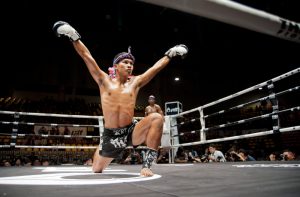 Mastering the Art of Muay Thai
Mastering the Art of Muay Thai
Muay Thai is Thailand’s national sport, with its roots traced to the middle of the 18th century when its effectiveness was put into practice on the battlefields. As well as being a fighting technique used in warfare, Muay Thai became a sport in which the opponents fought in front of spectators who went to watch for entertainment. Muay Thai is often referred to as the ‘Art of Eight Limbs’, because it makes use of the practitioner’s hands, elbows, knees and shins. Today it’s a sport with worldwide recognition, attracting the world’s top fighters from associations such as the UFC to training camps across Thailand. At one of Bangkok’s legendary Muay Thai gyms, we put travelers through their paces with a full Muay Thai lesson. This includes a warm up followed by practical learning and training. There is the chance to practice techniques with an ex-professional fighter using body pads and on the large hanging sand bags. This is an excellent opportunity to learn from the very best in a fully equipped gym.
On this insightful journey into the world of sumo, guests wake up early and visit Ryogoku – the center of Japan’s sumo world and home to most of Tokyo’s sumo heyas (stables). All sumo wrestlers belong to heyas, where they live, train and eat. During a visit it is possible to get up close and meet with these giant men while watching their asa geiko (morning training).
The day begins with the lowest ranked men waking up at dawn for practice. Higher ranked sumo wrestlers appear at a more reasonable hour and train from about 7am until 10am. After warm-ups and technique practice, the wrestlers play an exciting “King of the Castle” game, where one wrestler stays in the ring fighting bouts without any rest until he is defeated.
After this unique experience and a peek into the world of sumo training, guests can then eat like a sumo wrestler at a local restaurant specializing in chankonabe – a Japanese stew with chicken, fish, tofu and vegetables – the favored dish of a sumo wrestler.
Alternatively, if you want to see a live sumo fight, then take advantage of our sumo lunch show! Enjoy a sumo fighting demonstration in Asakusa, Tokyo’s old town, where a fight takes place with former professional sumo wrestlers. Afterwards, you can taste the sumo specialty chankonabe. Learn all about Japan’s most peculiar and fascinating sport in this exciting lunch experience.
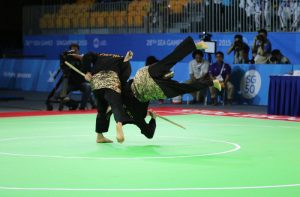 Practicing the Movements of Pencak Silat
Practicing the Movements of Pencak Silat
Pencak silat is a form of Indonesian martial arts. It is a full-body fighting form incorporating strikes, grappling and throwing in addition to techniques involving weaponry. Every part of the body is used and subject to attack. We have partnered with a master from the Pencak Silat Training Center at Islam University of Yogjakarta who conducts introductory sessions. The training lasts 1.5 hours and provides an overview of the key techniques incorporated into Pencak silat – including insight into the more psychological practices.
Similar to many Asian martial arts, various techniques and styles are attributed to the behavior, actions, character and movements of animals. Practitioners copied the movements and stances of tigers, eagles, snakes, crocodiles, monkeys, scorpions and dragons. Not only are stances named after members of the animal kingdom, but some pencak silat styles make such close associations with the animal kingdom that they take their names from animals such as harimau (tiger) and garuda putih (white eagle).
<< See all features from Exceptional Experiences – Getting Active in Asia
